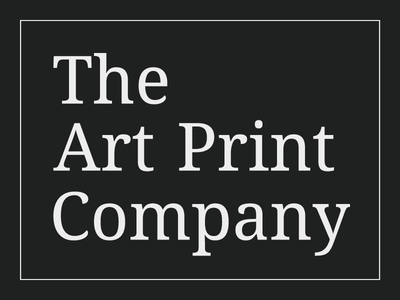Cracked Mosaic - Abstract Wall Art Photo Poster Print
ROLLED PHOTO POSTER PRINTContact us if you require a custom size.
Printed using only high quality inks on gallery grade 280 GSM premium lustre photo paper with a semi matte/glossfinish to ensure a sharp vibrant image. The prints are trimmed to the edge of the image. Please add a note when ordering if you would like to add a specified white border to assist with framing.
(frame not included)Orders dispatched the next working day. Estimated UK delivery 1-2 days, international 8-10 working days or less.
Cracked Mosaic - Abstract Wall Art
The art of mosaics has a rich and diverse history dating back thousands of years. Originating in ancient Mesopotamia and Greece around the 3rd millennium BCE, the practice of creating mosaics involves arranging small, coloured pieces of glass, stone, or other materials to form intricate and often geometric patterns. The Greeks, in particular, elevated mosaic art, using it to decorate floors, walls, and even furniture. Over time, the technique spread throughout the Roman Empire, becoming a hallmark of Roman architecture and design.
During the Byzantine era (4th to 15th centuries CE), mosaics took on religious significance, adorning the interiors of churches and basilicas with elaborate depictions of religious scenes and figures. The renowned Byzantine mosaics, such as those in the Hagia Sophia in Istanbul, showcased the artistic and narrative potential of this medium. As Europe transitioned into the medieval period, mosaic art continued to flourish, with examples found in Gothic cathedrals and Islamic architecture.
The Renaissance witnessed a revival of interest in classical art, and mosaics regained popularity as a form of expression. Artists like Michelangelo and Raphael incorporated mosaics into their works, and the Vatican City became a significant centre for mosaic art during this period. In the modern era, artists and designers continue to explore and innovate within the medium, blending traditional techniques with contemporary styles, ensuring that the art of mosaics remains a dynamic and enduring form of expression.




